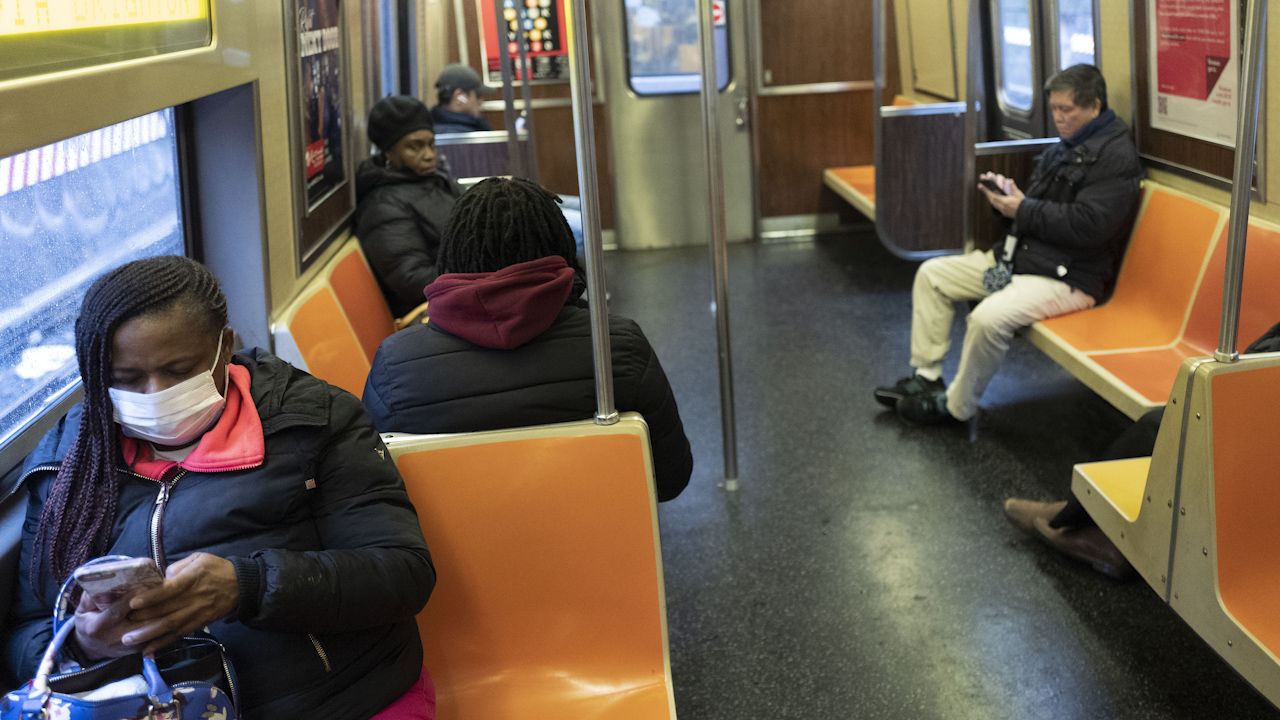Many have suspected from the beginning of the coronavirus outbreak that some level of transmission must be happening among those not showing symptoms. Now researchers out of the University of Texas at Austin say their modeling shows that more than 10 percent of COVID-19 cases are spread through pre-symptomatic people.
The UT Austin modeling also estimates that the serial interval or the amount of time it takes for symptoms to appear in one person and then another they infect- is on average four days. The team, led by Lauren Ancel Meyers analyzed more than 450 infection case reports from 93 cities in China to calculate their findings.
Transmission from asymptomatic people has been documented; the Journal of the American Medical Association released a case study out of China in late February. It chronicled a 20-year old woman who was asymptomatic and spread the infection to four other family members who did develop symptoms.
Late last week researchers from the National Centre for Infectious Diseases in Singapore submitted a correspondence to the New England Journal of Medicine that outlined infection among a group of travelers returning from Wuhan, China. Among the 94 travelers, a 17-year old boy tested positive, and remained positive for two weeks, but was asymptomatic.
Health officials insist that the vast majority of COVID-19 spread is due mainly to symptomatic infections. NYC Health Commissioner Dr. Oxiris Barbot said on Sunday that “there is no indication that the asymptomatic people are responsible for this explosion worldwide.”
Dr. Scott Braithwaite is an expert in computer simulation at New York University, his team within the school’s Population Health Department is also doing modeling on the spread of SAR-CoV-2, which is the name of the virus that causes COVID-19 infections.
He says while the findings from UT Austin may be alarming, it speaks to the importance of social distancing and testing. By limiting personal contact there is less of a chance of asymptomatic spreading, and with testing, he says those who are actually contagious can be quarantined to limit spreading to others. “It’s not too late,” said Braithwaite, “What we do now will make a giant difference.”



